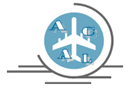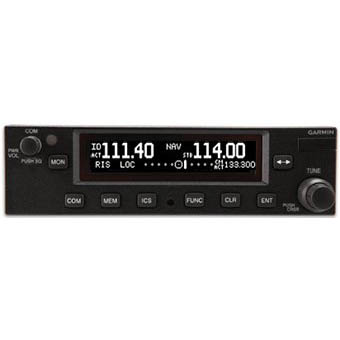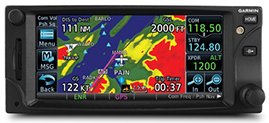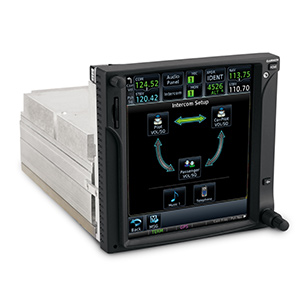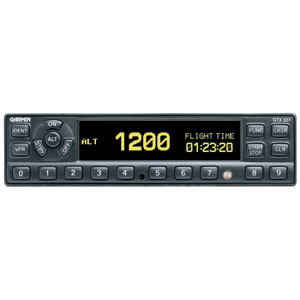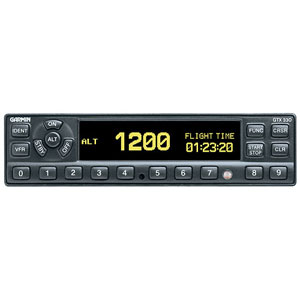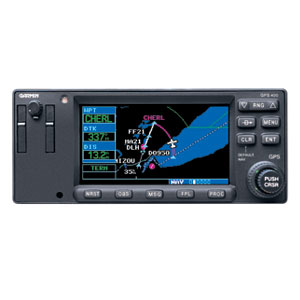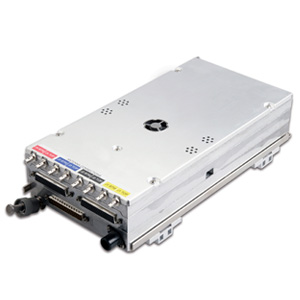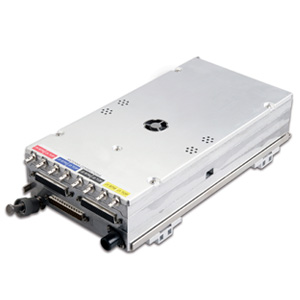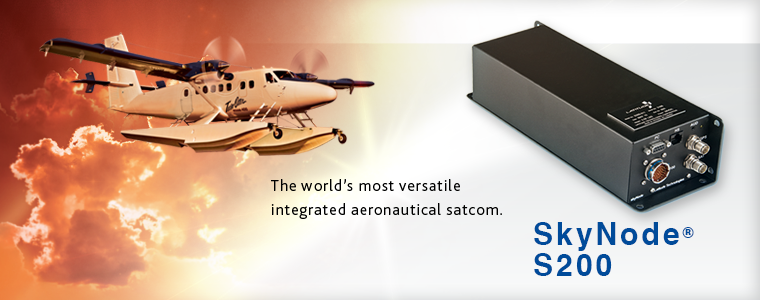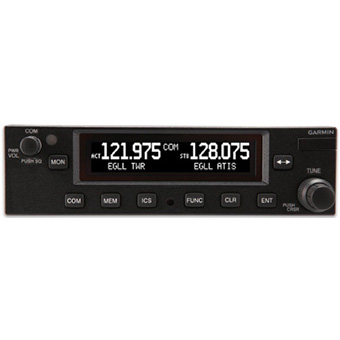
Garmin GTR 225 VHF Transceiver w/8.33
We are pleased to announce a new series of VHF COM radios, the GTR 225 series. As the replacement product for the popular SL 40 model, the GTR 225 series COM transceivers include a breadth of new features to reduce pilot workload, while also offering an affordable solution to meet the requirements of the 8.33 kHz channel spacing mandate recently enacted by the European Union under the Single European Sky (SES) initiative.
